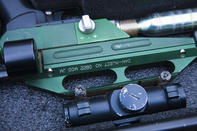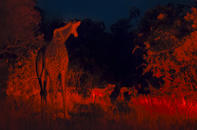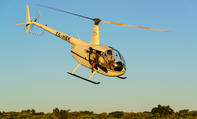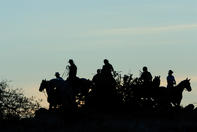Shooting a predator should really be seen as a last resort when dealing with predation and then be aimed at the specific damage causing culprits.

It is against the law to kill or even capture certain species without the necessary permits, so farmers should ensure they have the necessary permit to hunt these animals. They would also need to use licensed rifles. For the best results, the hunter should be an effective shooter and good tracker who specialises in predation management.
Poor shooters will only exacerbate problems. The hunt should also be launched as soon as possible after a predation incident took place, to ensure the guilty animal gets targeted.
The Landmark Foundation's manual, Predators on Livestock Farms, warns farmers against the practice of paying professional hunters per head of predator killed, as this motivates hunters to kill as many predators as possible instead of the damage causing animal. The indiscriminate culling of animals can disrupt group hierarchies and result in worse problems.
Night Hunting

Hunting From a Helicopter

Hunting with Dogs
Dogs should only be used to track the predators and may not kill or have any physical contact with the predator. The dogs should be well-trained and managed to ensure they do not cause damage to any other animals while tracking the predators.
The Predation Management Manual, advises farmers to keep their dogs on leashes until the target animal is visible and to then release the dogs to chase the prey. The dogs should also be properly cared for, so that they do not follow and hunt game because they are hungry. Sometimes the dogs are muzzled to ensure they do not cause any damage.
Hunting on Horseback
